Safe Sex - The Sex Life of the Amaryllis
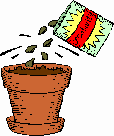
|
Safe Sex - The Sex Life of the Amaryllis |
|
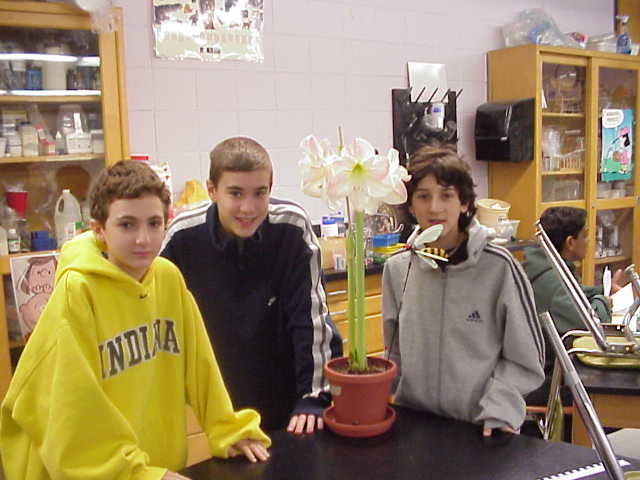
|
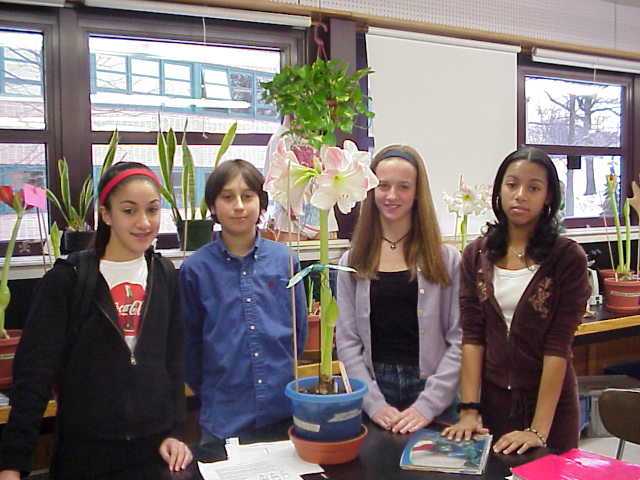 |
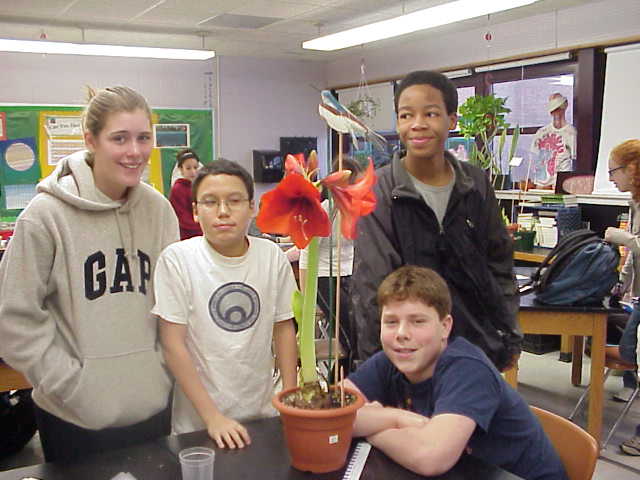 |
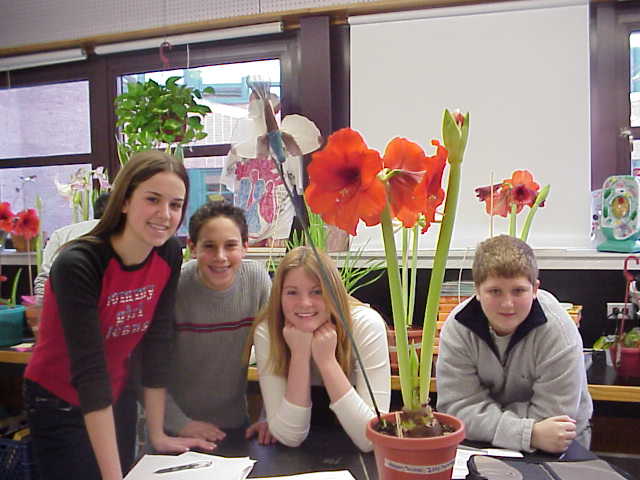 |
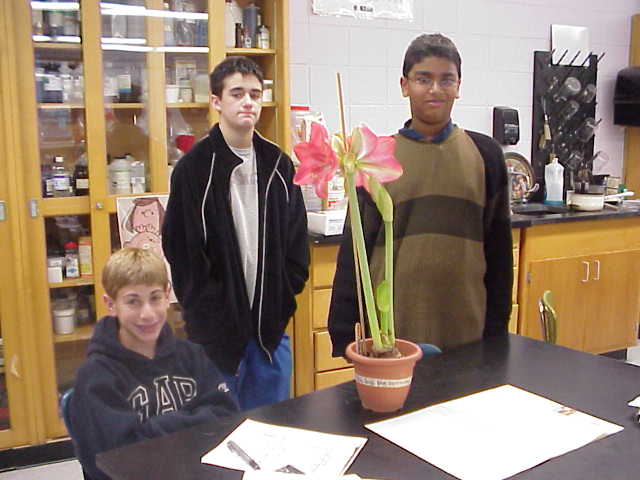 |
 |
 |
 |
|
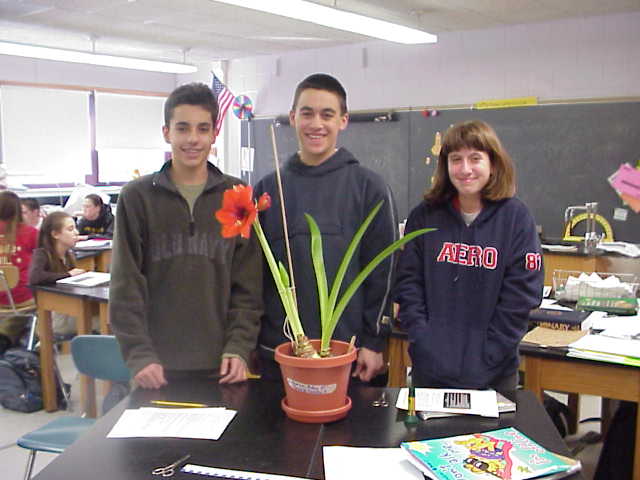 |
Introduction:
Most plants reproduce asexually at least some of he time, while some plants reproduce asexually most of the time.. Asexual reproduction that occurs naturally in plants is called vegetative propagation. The word "Vegetative" comes from the Latin vegetates, meaning "to enliven."
The amaryllis is a plant that reproduces vegetatively by forming a bulb, and can reproduce sexually when it flowers and produces seeds. In a stable environment with abundant resources, asexual reproduction is faster than sexual reproduction and produces offspring that are well adapted to the existing environment. In a changing environment, sexual reproduction can produce plants with new combinations of characteristics that may be better able to survive in the new environment than the existing ones.
A bulb is a complete or nearly-complete miniature of a plant encased in fleshy modified leaves called scales. Which contain stores of reserve food - starch, sugar, and some proteins, In this exercise, you will plant a bulb and observe the growth of the new plant. After it produces its flowers, it will be pollinated to encourage the production of seeds. Finally, the seeds will be planted under conditions favorable to germination. The growth of the developing seedlings will be carefully monitored and carefully recorded.
Materials:
Amaryllis bulb, pebbles, soil. Pot, metric ruler, water, toothpicks, graph paper
Procedure:
1. Place several pebbles in the bottom of your pot and place the bulb in it.. Cover the bulb up to its neck with potting soil, but leave enough room between the soil and the top of the pot for watering. Press firmly on the soil around the bulb to be sure it is steady.
2. 2. For the first two weeks, water sparingly until the bud and part of the stem have developed sufficiently. As soon as the stem begins to grow, you will be recording measurements (length of stalk and one of the leaves) and observations on a chart. You will sketch changes as they occur. Your chart should have the following headings: DATE LENGTH OF STEM (CM) LENGTH OF SEEDLINGS (CM) OBSERVATIONS, SKETCH.
3. Make a graph of your growth data. Choose either the stem of leaf data. Label the x-axis "Date" and the y-axis "Total Growth of (Stem/Leaf) in cm." Be sure to title your graph and note when the bud formed.
4. When flowering occurs (it should last about 2 week!), observe your flower and draw and label its parts in your chart.
5. Within three days of flowering, cross pollinate using a toothpick to collect pollen from the anthers of your plant and transfer it to the stigma of another plant. Record that date and the flowers that you used in your chart.
6. Look at some pollen grains under the microscope and sketch them. Include the magnification.
7. When the seeds form and mature, harvest and count them (approximately how many in one pod) and draw a representative seed in your chart. (note the date) Plant several seeds shallowly in the pot provided, cover them with about 0.5 cm. of soil.
8. As soon as the seedling appear, measure their growth in cm. at least every other day, and record the results. Be patient! They can take a while to germinate.
Follow-Up and Discussion Questions:
1. Describe some other methods of vegetative propagation.
2. How many cm. did your stalk/stem grow? How long did it take for the plant to reach this height? Did the leaves grow as tall as the flower stalk? Explain.
3. Calculate the rate of growth for your stalk and leaf. Show your calculations. The rate of growth= amount of growth/time. Was your rate uniform? If not, when was its growth fastest? Slowest? Explain.
4. What are the structural components of the flower? Color and label the diagram of the flower provided. Be certain to indicate which structure produced the pollen and where the pollen was deposited.
5. What changes did you observe when pollination was successful? Describe.
6. Describe four methods of pollination in plants. Based on the appearance and arrangement of male and female reproductive structures, what method do you think the amaryllis uses in nature?
7. Some plants have male and female parts on separate plants. What is this type of plant called? Develop a hypothesis to explain why this arrangement might sometimes be beneficial for the plant.
8. In what flower organ were the seeds formed? About how many seeds were found in each seed pod?
9. What is the different between a monocot and dicot? Based on your explanation, is the amaryllis a monocot or a dicot?
10. Why is it linguistically improper to call coma victims "vegetables"? (Hint: see introduction).
11. Did all your seeds germinate? Explain.
Extra Credit: What is the difference between a fruit and a vegetable? Prior to the NAFTA (North American Fair Trade Agreement) if tomatoes were fruit, the Mexican farmers could have shipped them into the United States duty-free; if they were a vegetable, a tariff was due. The Mexicans maintained their crop was fruit. Customs collectors north of the border viewed tomatoes as a vegetable. The argument wound its way up the US Supreme Court. …How would you have found? How did the nine justices rule?
|
|

|
created by Joyce Kent return home
